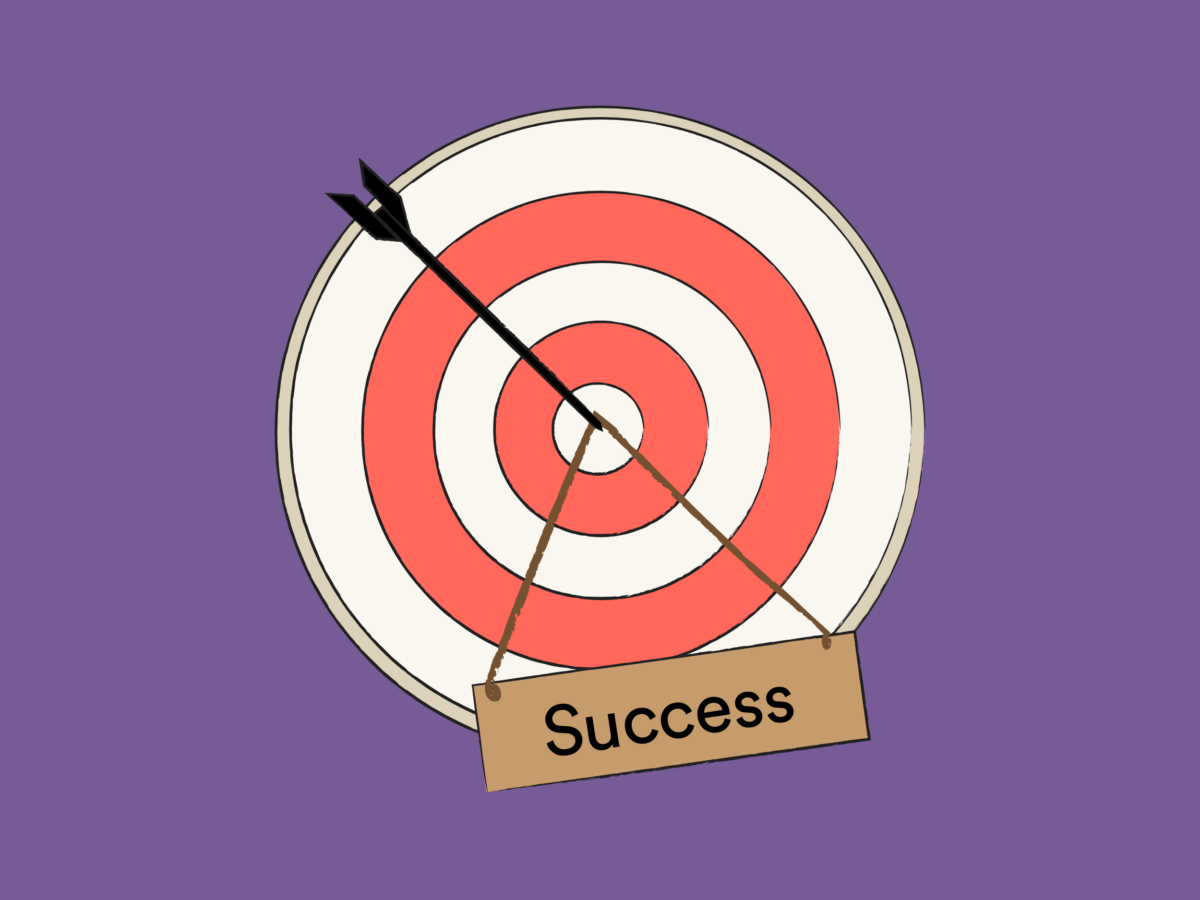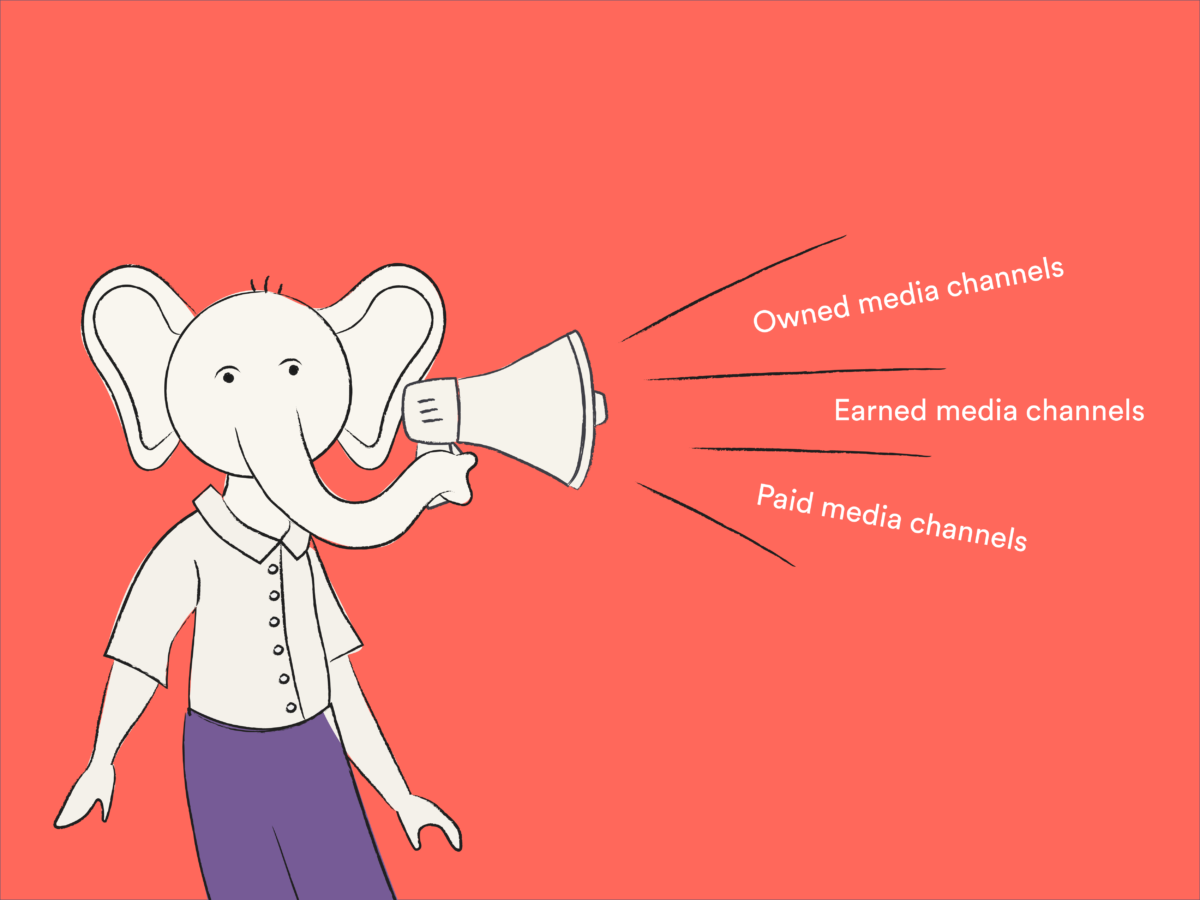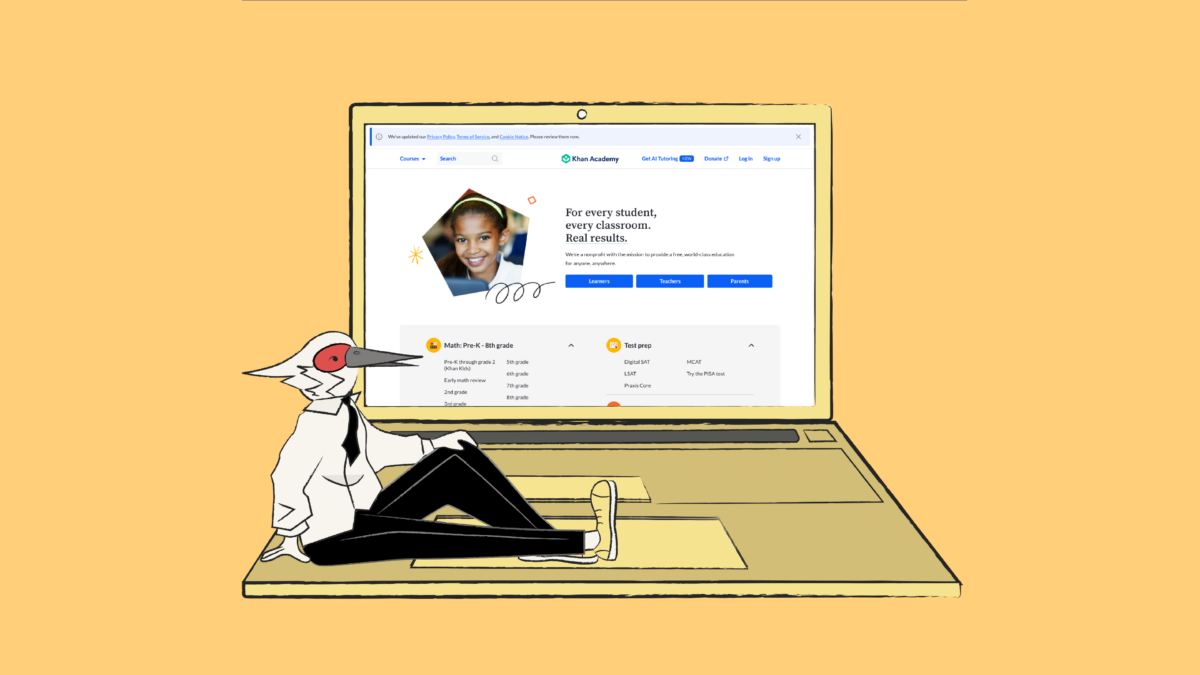If I ask you to think about Pumpkin Spiced Lattes, what brand comes to mind?
What about if I ask you to think of a cola brand?
How about affordable, self-assembly furniture?
Chances are you answered Starbucks, Coca-Cola (or Pepsi), and IKEA — if so, those are all examples of brand awareness.
What about brand reach, though? That’s a little trickier to define, but essentially, it’s the number of people who come into contact with your brand.
But why does any of this matter, anyway? Well, both are insightful ways to take the temperature of your marketing efforts and see what’s working and what’s not.
This article will demystify the difference between brand awareness and brand reach and suggest some ways to increase and measure both.
What is brand awareness?
Let’s be honest — if you took the label off a bottle of Coca-Cola or Pepsi, would you really be able to tell the difference between them and a smaller-name competitor? Probably not. These soft drink industry giants rely on brand awareness to stay at the forefront of their customers’ minds.
The biggest brands want to become synonymous with their products so that when you think about buying a specific product, they’re top of mind. This is known as brand recall, and it’s at the heart of brand awareness.
Over the years, these companies have employed advertising and marketing strategies to familiarize consumers with their brand and products, helping them carve out a niche in a competitive market by focusing on brand recognition.
If you want your brand to become a household name, building brand awareness should underpin your marketing strategies. By investing in brand awareness, you will be better able to engage audiences and motivate them to learn more about your products or services.
The benefits of brand awareness
Brand awareness creates associations
There are a variety of search engines available, but only one has become so synonymous with online searches that it’s now a verb.
Do you say, “I’m going to look that up on a search engine,” or “I’m going to Google it?” Most of us would say the latter.
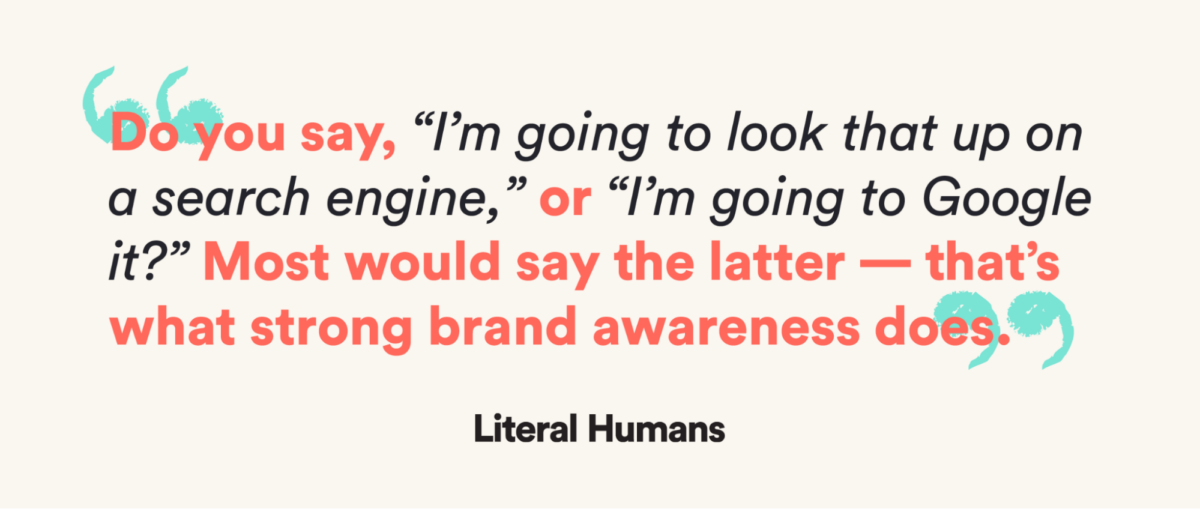
That’s what strong brand awareness does — it creates associations in people’s minds between the brand, the product, and the action to be taken.
Another example of this is hoover — a term commonly used in the UK in place of “vacuum cleaner.” It can also be used as a verb to describe the act of vacuuming.
But hoover is, of course, a branded word — the Hoover brand dominated the vacuum cleaner market for a large part of the twentieth century to the extent that it became embedded in the subconscious minds of householders everywhere.
Brand awareness increases trust
Your brand is kind of like your personality. When you meet someone for the first time, you don’t necessarily trust them immediately. As you get to know each other, the trust between you deepens and broadens.
Your brand personality makes your brand easy to identify, which helps to establish trust.
A great example of this is Innocent Smoothies, which has really nailed its brand voice, making it stand out in a saturated market while cultivating trust among its customers with its friendly, slightly cheeky, and tongue-in-cheek tone.
Brand awareness increases brand value
When people trust your brand and have an overall positive perception of it, its value will likely increase — you’ll make more sales, and the monetary value of the business will go up. At the same time, customers will begin to recognize it as a valuable brand.
Raising your brand’s value can help you expand your business — for example, by launching a new product line or raising your prices on current products.
How do companies create brand awareness?
There are many ways to create brand awareness — from traditional print and billboard ads to digital marketing, SEO content, digital out-of-home ads, event sponsorships, and social media.
In the age of content marketing, brand awareness campaigns require a consistent, multichannel online presence, creating valuable content for your target audience.
The main channels for content creation are your website, blog, and social media platforms. Social media has emerged as one of the most effective tools for building brand awareness, and it’s easy to see why.
The average human spends around two and a half hours on social media per day — a boon for any brand hoping to increase its brand awareness. Brands can use social media to create content that both raises brand awareness and drives sales.
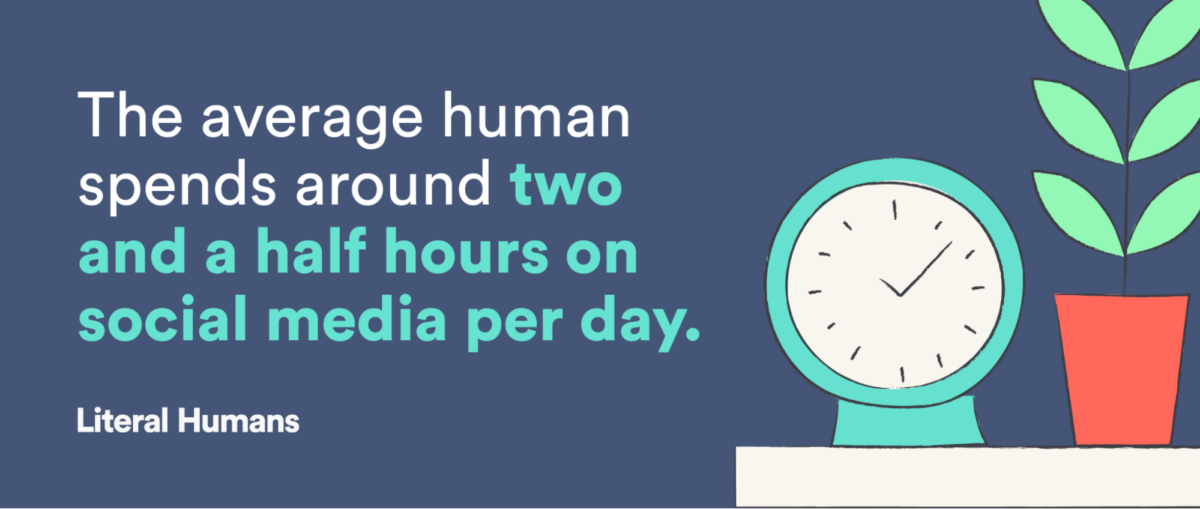
Additionally, they can use targeted social media ads to complement their content strategy.
Social media is also powerful because:
- People share their experiences with brands on these platforms, increasing brand awareness.
- Brands can interact with their customers, creating a more personalized experience.
- Brands can leverage the user-generated content (UGC) that their followers share and tag them in.
How to measure brand awareness
Like any marketing activity, you need to monitor your brand awareness strategy to measure its effectiveness. But how can you measure something as intangible as awareness?
Fortunately, there are quite a few brand awareness KPIs that will tell you how well your branding campaigns are working. Let’s take a look at a few.
Customer surveys
You can’t beat good old-fashioned customer surveys for an understanding of brand awareness. Simply asking your customers where they heard about you can provide key insights into the performance of your brand awareness ads and other marketing efforts.
Social media engagement
If you start gaining new followers, your audience becomes more engaged with your social media posts, or your followers start creating UGC for your brand, it’s a sign your brand awareness campaign might be working.
Branded search volume
Branded search volume is the number of times people search for your brand name. Remember that in marketing, a person needs to be exposed to your brand messages at least seven times before they convert.
So someone seeing your ad for the first time might not click on it immediately — instead, they may go on Google to learn more about you. If your branded search volume increases following the launch of a brand awareness campaign, it’s a sign that it’s working. You can use Google Analytics to track your branded search volume.
Ad clicks and conversions
Ad clicks and conversions on brand awareness ads, such as display or retargeting ads, are an obvious way to measure your success against your brand awareness objectives.Brand familiarity plays a big role here — 26% of people say they have clicked on a search ad because they were familiar with the brand, while 33% say they have clicked on a YouTube or Amazon ad for the same reason.
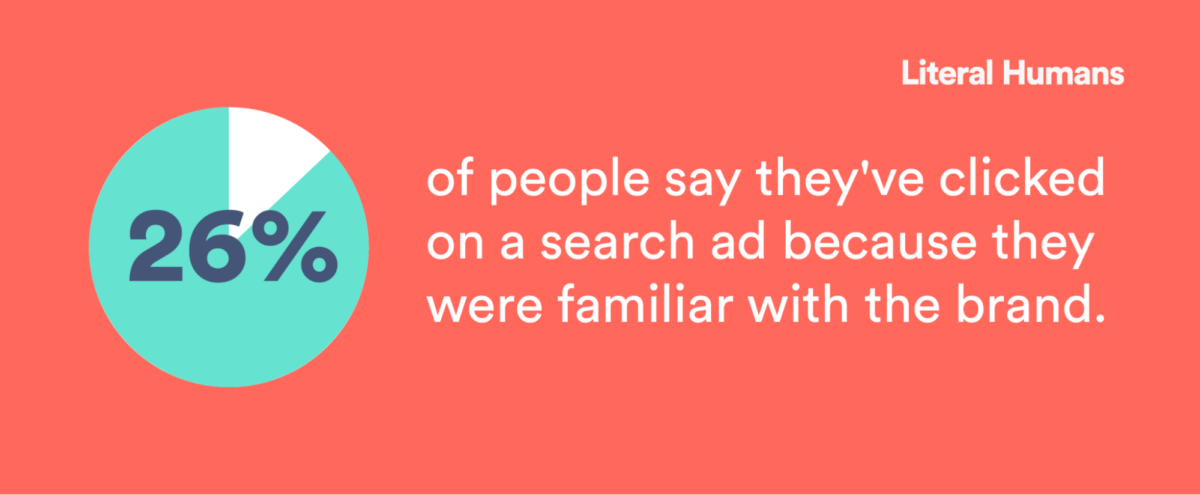
Your brand awareness ads can help drive paid search traffic because a person may not click on your ad the first time they see it but do so when they see it as a search ad.
You can also look at your ad conversion rates — if there’s a noticeable increase, it’s an indication that your brand awareness campaigns are making an impact.
Website traffic and conversions
Monitoring your website traffic can provide clues about the success of your brand awareness strategy.
Metrics to look at include:
- Direct website traffic — when someone types your URL into their browser
- Backlinks and referral traffic
Similarly, if your website is not only getting more traffic but also generating more leads and making more conversions, it may be a result of your brand awareness strategy. You can calculate your website conversion rate by dividing the number of conversions by the number of website visitors.
What is brand reach?
Brand reach refers to the number of people who come into contact with your brand — whether online, in-store, on social media, or through your e-commerce website.
It contributes to increasing brand awareness by helping you reach new audiences and potential customers. The aim of reach is to spread awareness of your brand far and wide.
Brand reach should be a priority for any business that wants to grow its customer base by converting new customers and retaining existing ones.
Reach is especially crucial for new businesses or ones looking to grow, as well as established businesses that find themselves at risk because of competitor growth or new contenders in their market.
For example, if a retailer wants to hold an online flash sale over the upcoming holiday weekend, its goal will likely be for the largest number of people to be aware of this flash sale, as this will have a positive impact on sales.
Increasing reach through its marketing channels will allow the retailer to get its brand in front of the largest audience its budget allows.
The benefits of increasing brand reach
Brand reach helps increase brand awareness
It makes sense — by extending your reach and getting your message in front of more people, you will increase your brand awareness.
Brand reach helps with planning
Knowing who your target audience is and where to find them can help you plan the most effective strategy to extend your reach. For example, it can show you where to place your ads or what social media platform to focus on.
In addition, it can help ensure your message is clear and effective. Optimizing your messaging may include changing the language and tone of an advertising campaign to appeal to a new customer or reminding existing customers what they love about your brand.
Brand reach can improve your ROI
Focusing on brand reach can help you maximize your marketing budget while minimizing spending.
With a robust brand reach strategy, you will be able to reach the right people at the right time. This, in turn, helps ensure a positive return on investment (ROI).
How do companies optimize their reach?
Ways to optimize your brand reach include:
- Influencer marketing: Brands can use influencers to reach a wider audience. However, this is only effective if the influencer is aligned with the brand and product and if the content they post is engaging. It’s also worth noting that while businesses used celebrity influencers in the past due to their large number of followers, micro- and nano-influencers (i.e., people with smaller followings) are now taking center stage.
- Social media ads: You can use these to create brand awareness as well as increase your reach. Social media will allow you to reach a large, highly targeted audience who are likely to respond positively to your brand.
- Content authority: When you create engaging, authoritative content, you will be able to reach more people. For example, video content that generates millions of impressions increases reach, which will likely have a positive effect on brand awareness.
Multichannel marketing strategies: A multichannel approach can help improve your market reach by exposing your advertising campaigns to a wider audience. You can also reach the same humans multiple times through different channels with multichannel marketing, increasing the number of impressions.
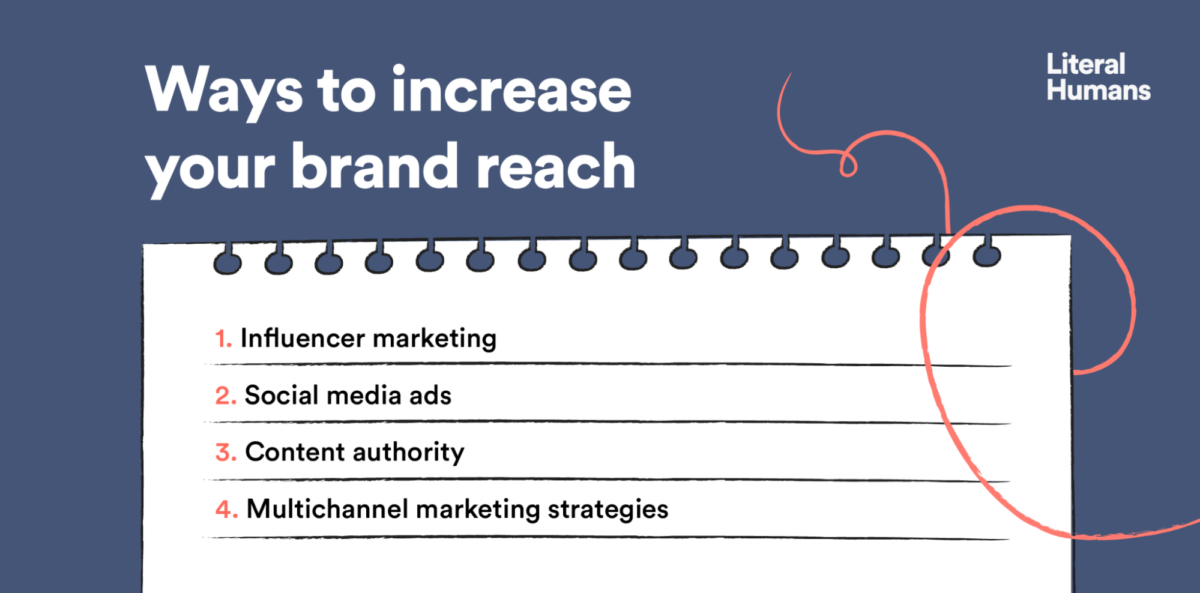
How to measure brand reach
There are many ways to measure brand reach, depending on where you focus your marketing efforts. In fact, there aren’t any hard or fast rules about measuring brand reach, so it’s up to you to get creative.
However, here are a few suggestions to inspire you.
Social impressions and engagement
Social impressions are the number of times your content is shown in a social media feed — including multiple impressions by the same human — whereas social reach is the number of people who view your content. So, in general, you’ll have more impressions than reach.
Social media post engagement is the number of interactions with your content — including likes, comments, and saves.
Most social media platforms have native analytics features that allow you to track all three of these metrics.
Blog sessions and visitors
Tracking your blog visitors is a great way to measure your brand reach. Since some people may return to your blog on multiple occasions, looking at the number of individual visitors will give you a more accurate picture of how many people your blog is reaching.
Video views and podcast downloads
If you have a podcast or a YouTube channel where you regularly publish videos, then the number of video views or podcast downloads can also factor into your brand reach.
So you want to boost your brand awareness and reach. What next?
Brand awareness and brand reach are two sides of the same coin. Both are a result of your marketing campaigns, and boosting them can have a positive impact on your sales.
Growing your brand awareness and increasing your brand reach doesn’t just happen overnight, though. It’s the result of a robust and expertly executed marketing strategy that gets your brand message in front of more of the right people.
That’s where Literal Humans comes in. Our team of digital marketing experts is well-versed in helping businesses build their brand awareness and extend their reach — and we can do the same for you.
Book a strategy call to find out how.


